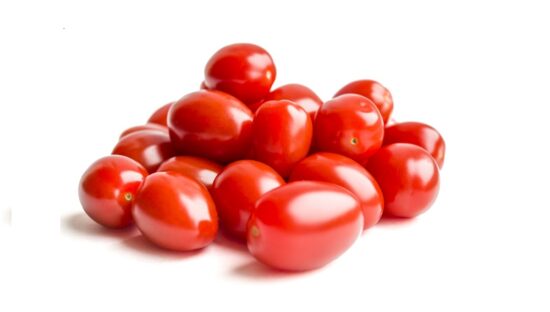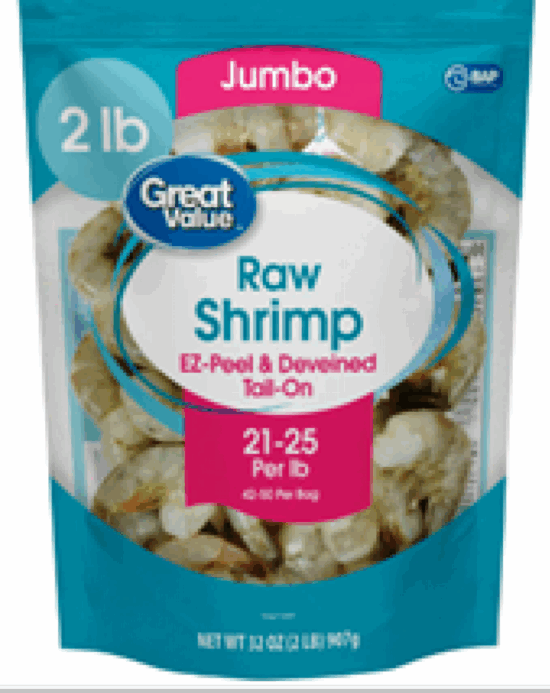Another 50 cases have been added to a multi-country Salmonella outbreak in Europe and the United States, taking the total number of people sick to almost 300.
From January 2023 to September 2025, 289 confirmed cases of Salmonella Strathcona have been identified in 16 European countries.
The most affected countries are Italy with 78 patients, Germany with 68, Austria with 59 and France with 24. The United Kingdom also has 29 cases, the United States has eight, and Canada has five.
An outbreak assessment from the European Centre for Disease Prevention and Control (ECDC) and European Food Safety Authority (EFSA) previously reported that 232 people were sick in 16 European countries. There were also 29 cases from the UK and Canada had five cases with travel history to Europe in 2023 and 2024.
Epidemiological, microbiological, and traceability investigations in 2023 and 2024 identified cherry tomatoes from Sicily in Italy as the vehicle of infection.
In Italy, outbreaks were reported in September and October 2024 in Tuscany and Umbria, with more than 300 cases linked to primary schools and childcare facilities. Only some of these were confirmed as Salmonella Strathcona.
The Italian Ministry of Health implemented a sampling and testing plan to detect Salmonella Strathcona in ciliegino and datterino varieties of cherry tomatoes sold in Italy. It required each Local Health Authority (ASL) to perform at least one sampling by the end of 2024.
Ongoing seasonal outbreak
Nine European countries reported 29 confirmed cases of Salmonella Strathcona with disease onset from January to August 2025.
Italy had the most with 11 infections. Tomato consumption was reported by four of the sick people. Ireland, Norway, Denmark, France, Czech Republic, and the Netherlands have all recorded cases in 2025.
Isolates genetically closely related to the outbreak strain have been detected since 2011, indicating a recurring public health concern.
The ECDC said it is an ongoing, seasonal outbreak with most cases occurring in the summer months, particularly between June and October.
“The recurrence of cases in 2025, including those without travel history, suggests ongoing transmission and distribution of contaminated produce beyond Italy. The presence of cases in multiple countries underscores the need for continued surveillance and cross-sector coordinated response,” according to the ECDC.
“The risk for new infections remains as long as the seasonal delivery of contaminated produce continues. New outbreaks are likely to occur in future seasons until the root cause of the contamination has been identified and control measures implemented. The role of the environment should also be investigated to identify the point of entry at which contamination with Salmonella Strathcona is occurring.”
(To sign up for a free subscription to Food Safety News, click here)



